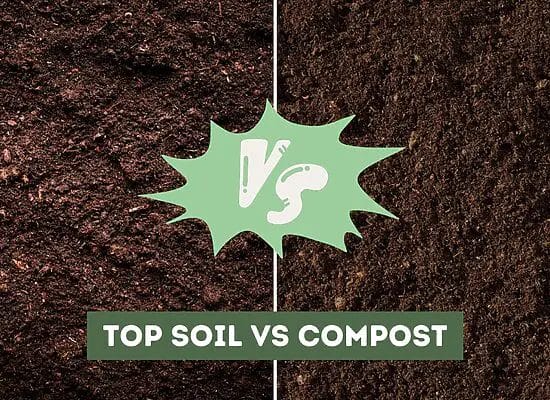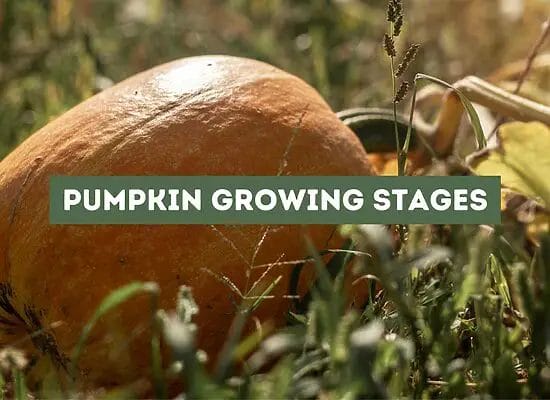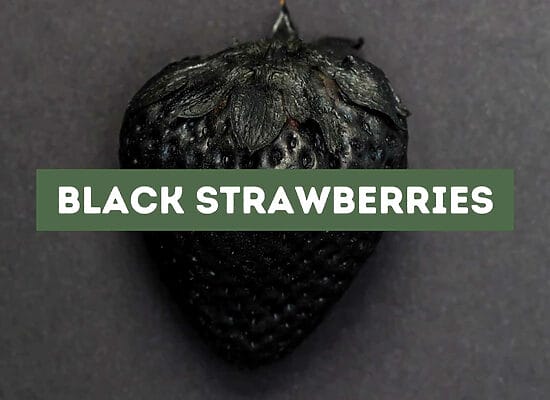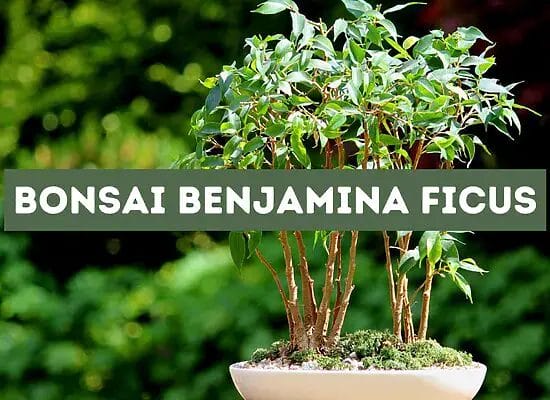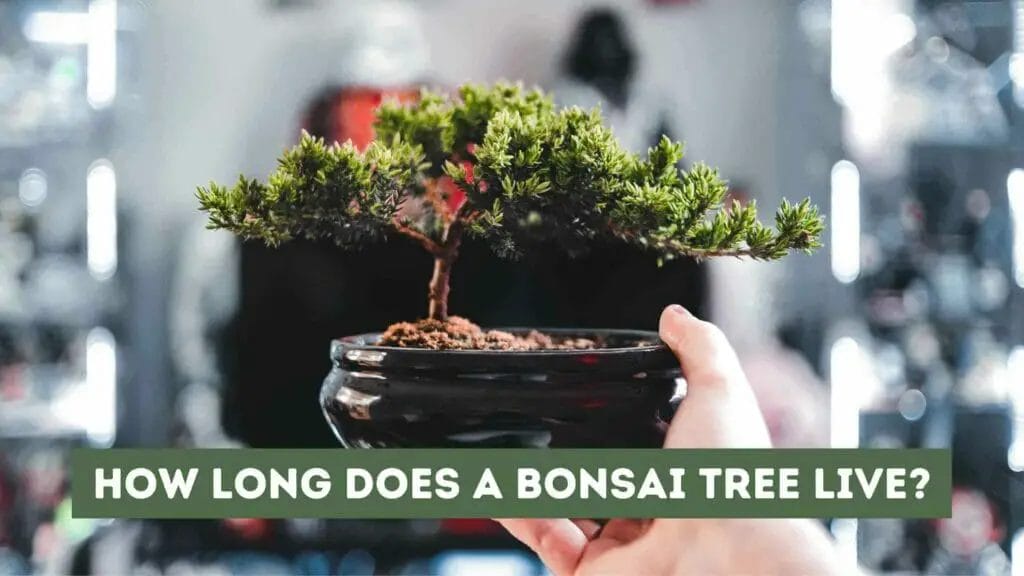
If you’re a bonsai enthusiast, you’re probably wondering: how long does a bonsai tree live? The answer is not straightforward, as it depends on various factors, such as the species of the tree, the care it receives, and whether it’s an indoor or outdoor bonsai. However, with proper care and attention, most bonsai trees can live for decades, even up to a century.
Some species of bonsai trees, such as the juniper, can live for around 50 years on average, while others, like the ficus, can live for centuries. The oldest known bonsai tree is over 1,000 years old and can be found in the Crespi Bonsai Museum in Italy.
With the right care and attention, your bonsai tree could also live a long and healthy life, becoming a cherished part of your home or garden.
Key takeaways:
- The lifespan of a bonsai tree depends on various factors such as species, care, and environment.
- Most bonsai trees can live for decades or up to a century with proper care.
- Some species, like the juniper, can live for around 50 years on average, while others, like the ficus, can live for centuries.
- The oldest known bonsai tree is over 1,000 years old and can be found in the Crespi Bonsai Museum in Italy.
- Bonsai trees are not a specific species but rather a way of growing and shaping trees in containers.
- Different types of bonsai trees have varying lifespans, with some living for centuries and others for a few decades.
- Factors such as proper care, species, pot size, watering, lighting, pruning, and fertilization affect the lifespan of a bonsai tree.
What is a Bonsai Tree?
If you are new to the world of gardening, you may have heard of bonsai trees. Bonsai is a Japanese art form that involves growing small trees in containers. The word “bonsai” comes from the Japanese words “bon,” which means tray or pot, and “sai,” which means planting.
Bonsai trees are not a specific species of tree but rather a way of growing and shaping trees to create small, beautiful, and artistic representations of their full-sized counterparts. Bonsai trees can be created from a variety of trees, including evergreens, deciduous trees, and flowering trees.
To create a bonsai tree, you need to start with a young plant, typically a seedling or a cutting. The plant is then carefully pruned and trained to grow in a specific shape and size. Bonsai trees are grown in small containers, which restrict the plant’s growth and encourage the development of a miniature version of the tree.
Bonsai trees require special care and attention to thrive. They need regular watering, fertilization, and pruning to maintain their shape and health. Bonsai trees can live for many years if properly cared for, and some can even live for centuries.
Fun Fact: The oldest bonsai tree in the world is said to be over 1000 years old and is located in Japan. It is a white pine bonsai tree that has been passed down through generations of the same family.
Types of Bonsai Trees
When it comes to bonsai trees, there are many different species to choose from. Some are better suited for indoor environments, while others thrive outdoors. Here are some of the most popular types of bonsai trees:
- Juniper Bonsai: This is one of the most popular types of bonsai trees. Junipers are a hardy species that can withstand aggressive pruning and shaping. They also have small foliage that fits nicely with the miniature aesthetic of bonsai.
- Pine Bonsai: Pine bonsai trees are known for their rugged, rustic appearance. They have long needles and can be shaped into a variety of styles, including informal upright and slanting.
- Ficus Bonsai: Ficus bonsai trees are a great choice for indoor environments. They have a tropical appearance, with shiny, dark green leaves and a smooth, grey trunk. They are also easy to care for and can tolerate a wide range of temperatures and humidity levels.
- Cypress Bonsai: Cypress bonsai trees are a popular choice for outdoor environments. They have unique, feathery foliage that can be shaped into a variety of styles, including upright and slanting.
It’s important to choose a bonsai tree species that is well-suited for your environment and your level of expertise. Some species require more care than others, so it’s important to do your research before making a purchase.
Lifespan of a Bonsai Tree
If you’re considering getting a bonsai tree, it’s important to know how long it will live. The lifespan of a bonsai tree depends on several factors, including the species of tree, level of care, and environmental conditions.
On average, most bonsai trees will live for 100 years if kept well and maintained properly. However, some bonsai trees can live for up to a thousand years, while others have an average lifespan of around 50 years. It’s important to know what you’re getting before picking out a bonsai tree.
The most important factor in figuring out how long your bonsai tree will live is how well you take care of it. Developing a consistent care routine and addressing any health issues promptly can help improve the tree’s overall health and longevity.
The species of tree also plays a role in the lifespan of a bonsai tree. For example, Chinese Elm, Japanese Maple, or Ficus will tend to live for around 100 years naturally if we did not transform them into bonsai trees.
Environmental conditions also affect the lifespan of a bonsai tree. The environment a bonsai tree grows in plays a crucial role in affecting its lifespan. For example, the amount of sunlight, water, and nutrients it receives can all impact its longevity.
Pro Tip: To extend the lifespan of your bonsai tree, make sure to research the specific needs of the species you have and provide it with the appropriate care. Additionally, avoid overwatering or underwatering your bonsai tree, as this can cause stress and damage to the tree.
Factors Affecting Lifespan
The lifespan of a bonsai tree can vary greatly depending on several factors. By understanding these factors, you can help maximize the lifespan of your bonsai tree and ensure that it thrives for years to come.
Type of Bonsai Tree
Different types of bonsai trees have varying lifespans. Some bonsai trees can live for centuries, while others may only live for a few decades. For example, a Japanese maple bonsai tree can live for over 100 years with proper care, while a juniper bonsai tree typically only lives for 20-30 years.
Bonsai Species
The species of your bonsai tree can also affect its lifespan. Some species are hardier and more resilient than others, allowing them to live longer. It’s important to research the specific species of your bonsai tree to understand its unique needs and how to care for it properly.
Right Care
Providing your bonsai tree with the right care is crucial to its lifespan. This includes proper watering, fertilizing, pruning, and repotting. Neglecting any of these aspects can lead to a shorter lifespan for your bonsai tree.
Indoor and Outdoor Bonsai
The environment in which your bonsai tree is grown can also affect its lifespan. Indoor bonsai trees typically have a shorter lifespan due to the lack of natural light and humidity indoors. Outdoor bonsai trees, on the other hand, have access to natural light and fresh air, which can help them live longer.
Water Your Bonsai
Watering your bonsai tree properly is essential to its lifespan. Overwatering or underwatering can both lead to the death of your bonsai tree. It’s important to research the specific watering needs of your bonsai tree and to monitor the soil moisture regularly.
Species Used in Bonsai
Certain species of trees are more commonly used in bonsai than others, and these species tend to be hardier and more resilient. Some of the most popular species used in bonsai include juniper, maple, pine, and ficus.
Specific Bonsai Tree
The specific bonsai tree you choose can also affect its lifespan. Some bonsai trees are more delicate and require more specialized care, while others are hardier and can withstand more neglect. It’s important to choose a bonsai tree that fits your lifestyle and level of experience.
Give Your Bonsai Tree What It Needs
Providing your bonsai tree with the right amount of light, water, and nutrients is essential to its lifespan. It’s important to research the specific needs of your bonsai tree and to provide it with the care it requires.
Pro Tip: One pro tip for maximizing the lifespan of your bonsai tree is to repot it every 2-3 years. Repotting allows your bonsai tree to receive fresh soil and nutrients, which can help it thrive for years to come.
How Fast Do Bonsai Trees Die?

Bonsai trees are a symbol of peace, balance, and harmony. They are known for their beauty and elegance, but they require a lot of care and attention. One of the most common questions asked by bonsai enthusiasts is how fast do bonsai trees die? The answer to this question depends on several factors, including the type of tree, the level of care, and the environment.
The lifespan of a bonsai tree varies depending on the species. Some bonsai trees can live for hundreds of years, while others may only last a few years. For example, the Juniper bonsai tree can live up to 100 years, while the Ficus bonsai tree can live up to 50 years. However, if you don’t take care of your bonsai tree properly, it may die within a few months.
One of the main reasons why bonsai trees die is due to lack of water. Bonsai trees require a consistent level of moisture to survive. If the soil becomes too dry, the roots will start to die, and the tree will eventually wither away. Another reason why bonsai trees die is due to a lack of nutrients. Bonsai trees require a balanced diet of nutrients to grow and thrive. If you don’t fertilize your bonsai tree regularly, it may not have the nutrients it needs to survive.
In addition to water and nutrients, bonsai trees also require adequate sunlight and proper pruning. Bonsai trees need at least six hours of sunlight per day to grow properly. If your bonsai tree is not getting enough sunlight, it may become weak and susceptible to diseases. Proper pruning is also essential for the health of your bonsai tree. If you don’t prune your bonsai tree regularly, it may become overgrown, which can lead to a lack of airflow and sunlight.
How to Improve the Lifespan of a Bonsai Tree?
If you want your bonsai tree to live a long and healthy life, there are several things you can do to help it thrive. Here are some tips:
1. Proper Pot Size
Choosing the right pot size is crucial for the growth and longevity of your bonsai tree. You should repot your tree as it grows, but keep the pot as small as possible. This will help with the growth of the tree and can even help it live longer.
2. Adequate Watering
Watering your bonsai tree is important for its survival. You should water it regularly, but not too much. Overwatering can lead to root rot, which can kill your tree. Make sure the soil is moist but not waterlogged.
3. Appropriate Soil
Using the right soil is essential for the health of your bonsai tree. You should use well-draining soil that is specifically designed for bonsai trees. This will help prevent overwatering and root rot.
4. Proper Lighting
Bonsai trees need adequate lighting to thrive. You should place your tree in a location where it can get plenty of sunlight. If you don’t have a suitable location with enough natural light, you can use grow lights to supplement.
5. Regular Pruning
Pruning your bonsai tree is essential for its health and longevity. Regular pruning will help keep the tree in shape and prevent it from becoming overgrown. It will also help promote new growth and keep the tree healthy.
6. Appropriate Fertilization
Fertilizing your bonsai tree is important for its growth and health. You should use a fertilizer that is specifically designed for bonsai trees. Make sure to follow the instructions carefully and not over-fertilize, as this can damage the tree.
Longest Living Bonsai Trees
If you are interested in bonsai trees, you may wonder how long these miniature trees can live. Bonsai trees are known for their longevity, and some of them can live for centuries if they are well taken care of. In this section, we will discuss some of the world’s oldest bonsai trees and their remarkable lifespans.
The oldest bonsai tree in the world is the Crespi Ficus, which is believed to be over 1,000 years old. This tree is located in Italy and has been passed down through the Crespi family for generations. The Crespi Ficus is a remarkable example of how bonsai trees can live for centuries with proper care.
Another one of the oldest living bonsai trees is the 800-year-old tree at Shunka-en, by Kunio Kobayashi in Japan. This stunning tree is displayed at the Shunkaen Bonsai Museum and has been carefully cultivated for hundreds of years. The Shunka-en bonsai tree is a testament to the dedication and skill required to maintain these ancient trees.
In addition to these two world-renowned trees, there are many other bonsai trees that have lived for centuries. Some of the oldest bonsai trees in the world include:
- The 500-year-old Azalea bonsai tree in Japan
- The 400-year-old Cherry bonsai tree in Japan
- The 300-year-old Ficus bonsai tree in China
These trees are a testament to the resilience and longevity of bonsai trees. With proper care and maintenance, bonsai trees can live for centuries and even millennia.
If you are interested in growing your own bonsai tree, it is important to understand the level of care required to keep these trees healthy. Bonsai trees require regular watering, pruning, and fertilization to thrive. You should also choose a species of tree that is well-suited to your climate and growing conditions.
FAQ: How Long Does a Bonsai Tree Live?
How long do bonsai trees live?
The lifespan of a bonsai tree varies depending on the species and care it receives. Bonsai trees can live for decades or even centuries with proper care.
What is the oldest bonsai tree?
The oldest bonsai tree is believed to be a Japanese white pine located in the Yamaki family garden in Japan. It is estimated to be over 400 years old and survived the atomic bomb in Hiroshima.
How can I determine the age of a bonsai tree?
A: It is difficult to determine the age of a bonsai tree as they are cultivated to appear old. However, you can sometimes determine the age by examining the size of the trunk and the number of branches and leaves.
What is the life expectancy of a bonsai tree?
Bonsai trees have a long lifespan and can live for many years with proper care. Some species can live for over 100 years.
Can bonsai trees live longer indoors or outdoors?
Bonsai trees can live both indoors and outdoors, but it depends on the species and the environment. Outdoor bonsai trees tend to live longer as they have access to natural sunlight and fresh air.
How can I ensure my bonsai tree lives a long life?
To ensure your bonsai tree lives a long life, you should provide it with proper care, including regular watering, fertilization, and pruning. You should also pay attention to the environment and provide adequate sunlight and air circulation.
What is the life expectancy of a bonsai plant?
The life expectancy of a bonsai plant depends on the species and care it receives. With proper care, some bonsai plants can live for decades or even centuries.
Can bonsai trees live as long as natural trees?
Bonsai trees can live as long as natural trees, depending on the species and care they receive. Some bonsai trees can live for over 100 years.
What is the expectancy of a bonsai tree?
The expectancy of a bonsai tree depends on the species and care it receives. With proper care, some bonsai trees can live for decades or even centuries.
What are some indoor bonsai trees that can live for a very long time?
Some indoor bonsai trees that can live for a very long time include Ficus, Chinese Elm, and Schefflera.
Bonsai trees are remarkable examples of the beauty and longevity of nature. With proper care and maintenance, these miniature trees can live for centuries and even millennia. Whether you are a seasoned bonsai enthusiast or just starting out, there is always more to learn about these incredible living works of art.


